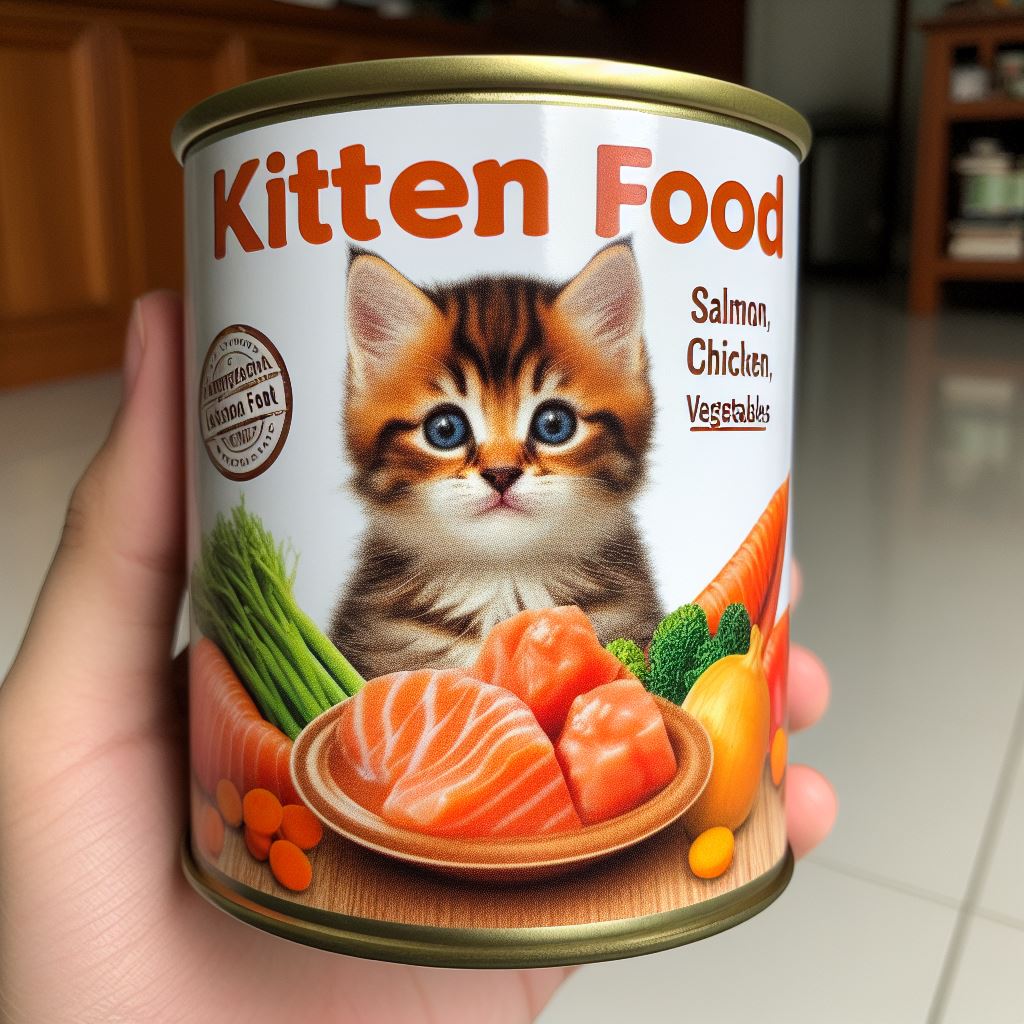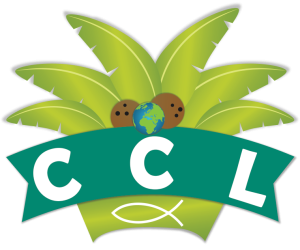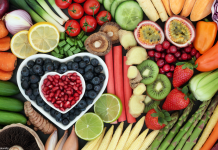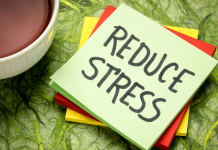
Introduction to the Best Kitten Food
Selecting the best kitten food is crucial for the health and development of your young feline friend. With numerous options available on the market, it can be challenging to determine which food will provide the necessary nutrients for your kitten’s growth. This guide explores the essential aspects of the best kitten food, helping you make an informed decision.
Understanding the Nutritional Needs of Kittens
Kittens have specific dietary requirements that differ from adult cats. They need a diet rich in protein, fat, vitamins, and minerals to support their rapid growth and development. The best kitten food should meet these nutritional needs to ensure your kitten grows into a healthy adult cat.
Importance of Protein in Kitten Food
Protein is a fundamental component of kitten food, vital for muscle development and overall health. High-quality animal-based proteins such as chicken, turkey, and fish should be the primary sources. The best kitten food will list a quality protein source as the first ingredient.
Essential Fats for Growth
Healthy fats provide energy and support brain development in kittens. Omega-3 and Omega-6 fatty acids, found in fish oil and chicken fat, are crucial. These fats also contribute to a shiny coat and healthy skin. The best kitten food will include these essential fats in the right proportions.
Vitamins and Minerals
Kittens need a range of vitamins and minerals to thrive. Calcium and phosphorus are necessary for strong bones, while vitamins A, D, and E support immune function, vision, and overall health. The best kitten food will be fortified with these essential nutrients to support balanced growth.
Wet vs. Dry Kitten Food: Which Is Best?
Benefits of Wet Kitten Food
Wet kitten food has a high moisture content, which helps keep your kitten hydrated. It is also softer and easier for kittens to chew, making it an excellent choice for young or picky eaters. Additionally, wet food can help maintain urinary tract health due to its high water content.
Advantages of Dry Kitten Food
Dry kitten food is convenient, has a longer shelf life, and can help maintain dental health by reducing plaque buildup. It is also generally more economical. The best approach is often a combination of wet and dry food to provide the benefits of both types.
Key Features of the Best Kitten Food
High-Quality Ingredients
The best kitten food will list high-quality, recognizable ingredients. Look for foods that include real meat as the first ingredient and avoid those with fillers, artificial additives, and by-products. Quality ingredients ensure your kitten gets the best possible nutrition.
Balanced Nutrition
The best kitten food will provide a balanced mix of protein, fat, vitamins, and minerals. It should meet the nutritional standards set by organizations such as the Association of American Feed Control Officials (AAFCO). This ensures the food supports overall health and development.
Brand Reputation and Reviews
Choose kitten food from reputable brands known for their quality and safety standards. Reading reviews and consulting with your veterinarian can help you select the best food for your kitten’s specific needs.
Transitioning to the Best Kitten Food
When introducing a new kitten food, it’s important to transition gradually to avoid digestive upset. Start by mixing a small amount of the new food with the old food, gradually increasing the proportion of the new food over a week. This helps your kitten adjust to the new diet smoothly.
Conclusion
Providing the best kitten food is essential for your kitten’s growth, health, and well-being. By understanding their nutritional needs and choosing high-quality food, you can ensure your kitten receives the best start in life. Whether you opt for wet, dry, or a combination of both, ensuring a balanced and nutritious diet is key to your kitten’s development.
FAQs
1. What should I look for in the best kitten food?
Look for high-quality ingredients, real meat as the first ingredient, and a balanced mix of protein, fat, vitamins, and minerals. Ensure the food meets AAFCO standards for kitten nutrition.
2. Is wet or dry food better for kittens?
Both wet and dry food have their benefits. Wet food is good for hydration and is easier to chew, while dry food is convenient and helps with dental health. A combination of both can provide the best of both worlds.
3. How often should I feed my kitten?
Kittens should be fed small, frequent meals throughout the day. As they grow, you can reduce the frequency to three meals a day. Follow the feeding guidelines on the food packaging and consult with your veterinarian.
4. Can I make homemade kitten food?
While homemade kitten food is an option, it requires careful planning to meet all nutritional needs. Consulting with a veterinary nutritionist is recommended to ensure a balanced diet. Commercial kitten foods are usually more reliable and convenient.
5. How do I transition my kitten to a new food?
Transition your kitten to new food gradually over a week. Start by mixing a small amount of the new food with the old food, gradually increasing the proportion of the new food each day to avoid digestive upset.



















